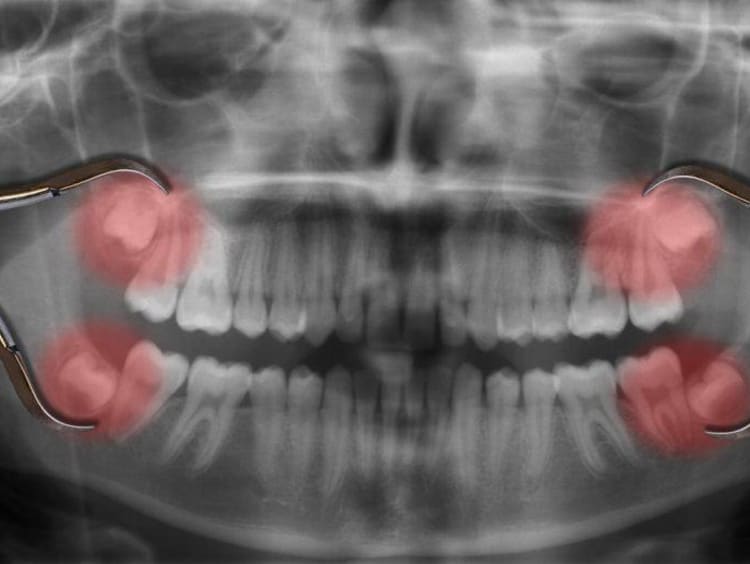Useless Body Parts That Humans Can Live Without

The human body is an amazing machine, all of its cogs working together smoothly to optimize daily functioning. While earning a BS in Biology with an Emphasis in Pre-Medicine or a BS in Nutritional Sciences through the College of Science, Engineering and Technology, students at Grand Canyon University will study anatomy and physiology to learn the roles of the systems of the body. Some of these body parts, however, appear to have no important role to the modern human.
Wisdom Teeth
Anyone who’s had their wisdom teeth removed has found themselves falling into an existential thought pit about the nature of something that seems to grow in our body for the sole purpose of inconveniencing us. But, our third molars served an important function back when human ancestors enjoyed a foliage-dense diet. Extra teeth meant extra grinding power which was essential in breaking down hard-to-digest cellulose in the plant cell walls.
As humans invented agriculture and started eating softer and more energy-dense foods, the third molars became unnecessary. As the human brain grew in size over time, the jaw had to become narrower so that it could still connect to the bottom of the skull; hence, no more room in our mouths for wisdom teeth. However, some people today are born without third molars because of a random mutation that began thousands of years ago and is still spreading across the population. It is possible that less and less people will be born with the unnecessary teeth over time. Maybe someday wisdom teeth will finally get the memo.
Auricular Muscles
Located around the human ear, these vestigial muscles are responsible only for ear wiggling. Some mammals, most familiarly dogs and cats, use these muscles to pivot their ears, helping them localize sounds and express emotions. Human ancestors used these muscles for some of the same purposes—even today, if someone is exposed to an unexpected sound behind them, the muscles in their ear will respond with a twitch. Aside from those special few that are able to wiggle their ears as a party trick, most people are not capable of manipulating these muscles at all. Evolution has deemed the auricular muscles unnecessary. Since these features are now leftovers from a different time, if you would like to better hear or locate a sound, try turning your head or utilizing your well-developed eyesight.
Goosebumps
Ok, these are technically not a body part, but a human’s goosebumps still serve little purpose. No one has ever gotten a little chilly and thought to themselves, “Wow, I’m glad I have goosebumps right now; I feel so much better.” That’s because they’re remnants of a time when humans had thicker hair. When mammals get cold, the muscles around their hair follicles contract, making the hair stand on end. For our furrier friends, this creates insulation, their thick hair retaining body heat to warm the skin. Goosebumps can also appear when frightened, the puffed up hair making the animal look bigger and more intimidating. But in case you haven’t noticed, humans don’t have fur anymore, meaning goosebumps are now nearly useless.
To learn more about the importance of anatomy and the courses included in degrees offered by the College of Science, Engineering and Technology, visit our website or click the Request More Information button on this page.
The views and opinions expressed in this article are those of the author’s and do not necessarily reflect the official policy or position of Grand Canyon University. Any sources cited were accurate as of the publish date.


